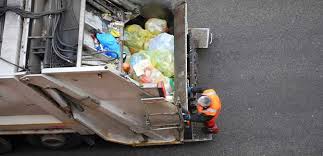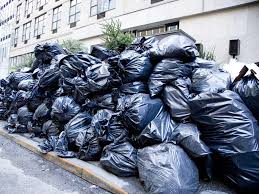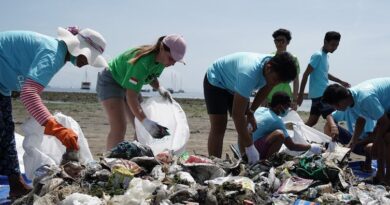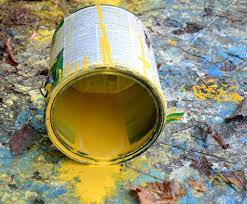The Two (2) Main Modern Waste Management
These methods do not only aim at efficient and environmentally friendly waste disposal and treatment, it also aims at regulating the way waste is produced and used.
Some of the methods, e.g. waste recycling, assumes that most waste generated by one sector of the economy is not really not useless as it can be reused by the same or another sector of the economy. In waste reduction method, technologies are constantly being developed to minimize the quantity of waste produced to the barest minimum.
1. Waste Recycling Methods
This is the re-use of used materials (waste). Such material may be re- used as it is or cleaned up to appeal to new users or processed into new products.
The current globalization is making recycling of several products e.g. electronics, clothes, transport vehicles, plastics etc. very attractive.
Overall, recycling reduces the amount of waste that reaches the dumpsites or treatment sites. Recycling requires that waste sorting is carried out mostly cost-effectively at source.
2. Waste Conversion/reduction
Waste reduction means decreasing the amount of waste generated by any activity. It is achieved in two ways, source reduction and recycling.

Source reduction attempts to eliminate waste or reduce the amount of waste generated through improved technology. Recycling as already explained, reduced waste volume through re-use of existing waste.
Read Also: The Four (4) Traditional Waste Management Methods
In summary, waste management methods are both traditional and modern. The traditional methods include those methods that are used by households, municipal agencies and institutions, offices, etc. on daily bases including indiscriminate dumping and open burning, composting, sanitary landfill and incineration.
The modern methods target waste management form source, recycling those that are still useful in other sectors of the economy and developing technologies to minimise the quantity of waste produced by each activity.
Several methods used in pest and disease control were also described. These included appropriate personal hygiene, chemical and non-chemical methods of vector control.
The traditional methods involve collection and disposal without prior consideration of the environmental consequences. These methods include indiscriminate dumping and open burning, composting, sanitary landfills and incineration.
On the other hand, the modern methods such as recycling and source reduction technologies make environmental consequences a critical outcome of management, for which reason they are source based, considering not just collection and disposal, but also how the wastes are generated.



